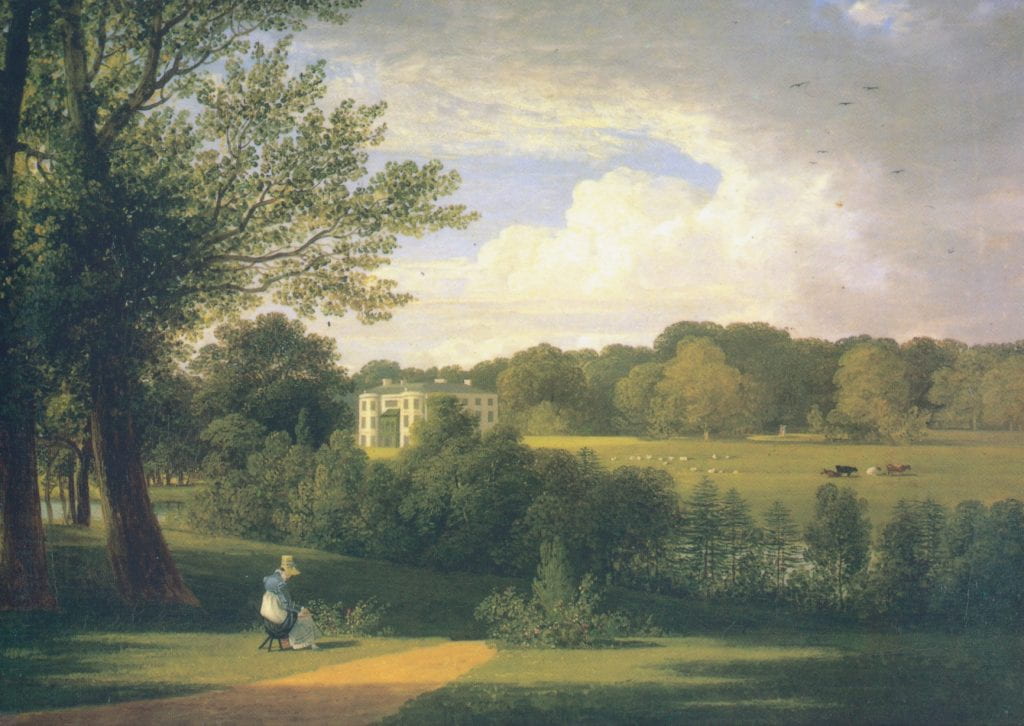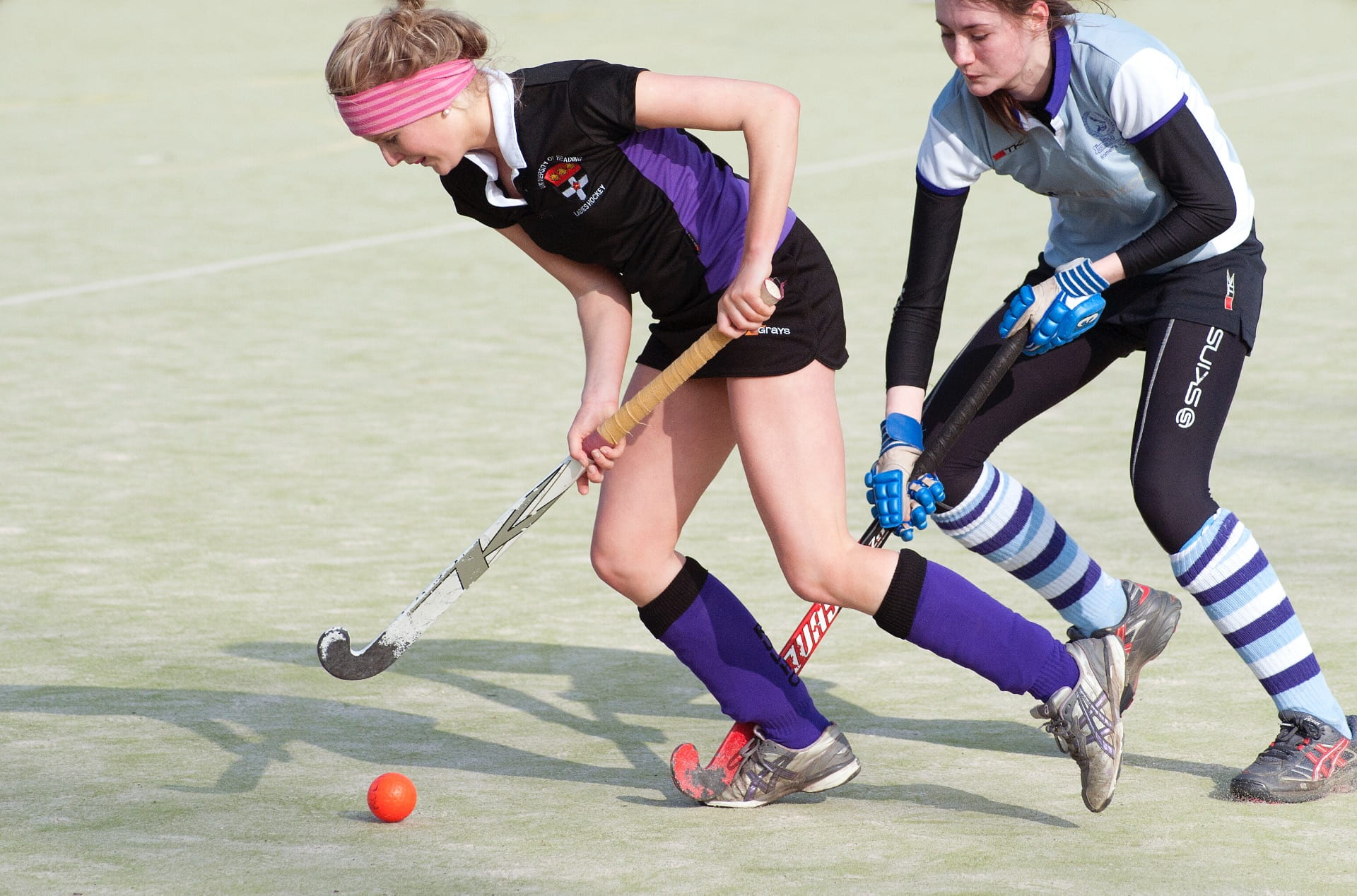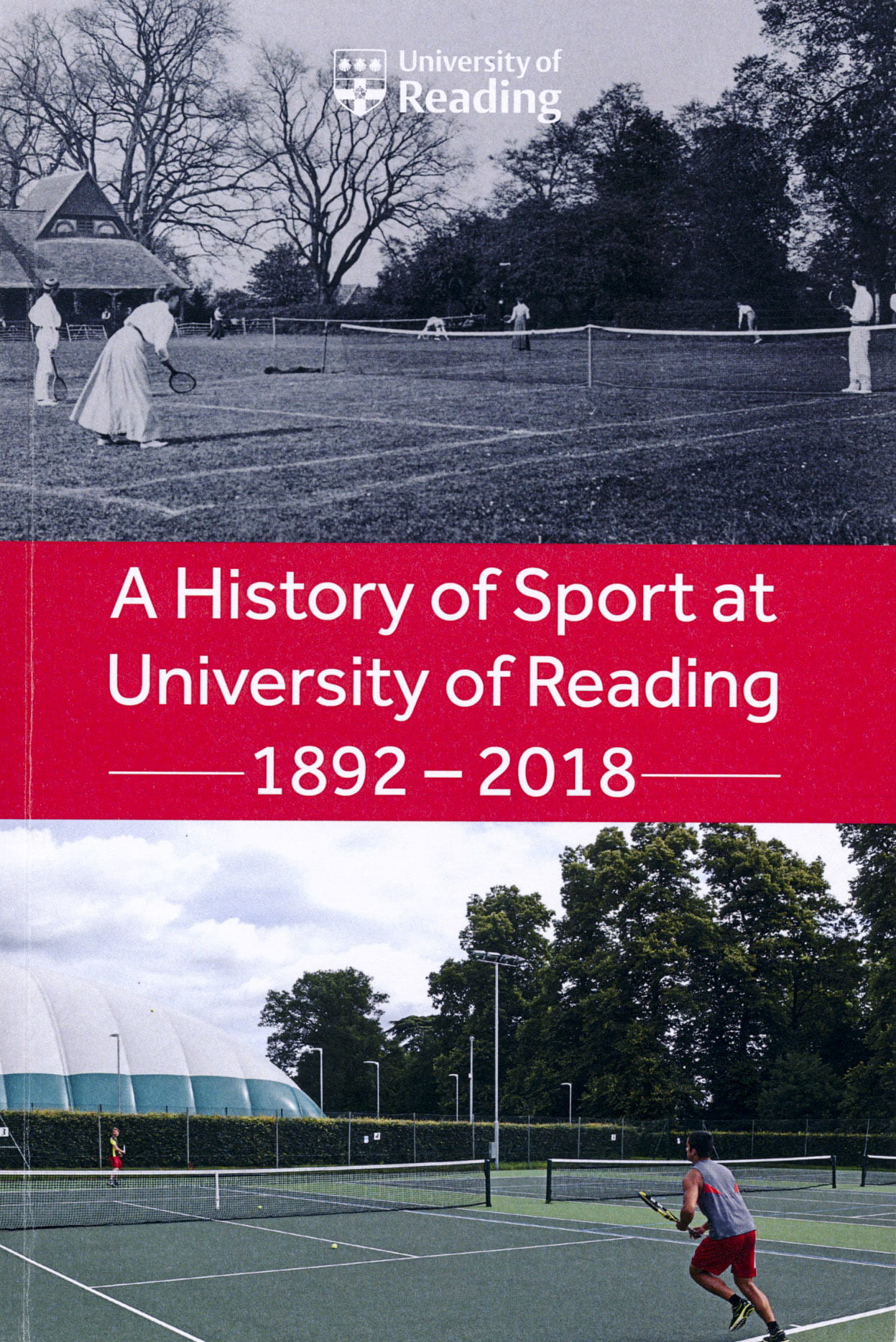-
-
- ‘Originally, the word “wilderness” was a compound of wild and deer; it was any place where wild animals roamed free. But wild-deer-ness was always more than just a place; it was a state of mind.’ (Nick Hayes, ‘The Book of Trespass’).
-
 The University Campus showing the side entrance to the Wilderness.
The University Campus showing the side entrance to the Wilderness.
Every Monday morning a group of mostly retired local residents enter the campus via Wilderness Road. They are members of the walking groups that have been enjoying the grounds for the past 15 years, originally under the aegis of Reading Borough Council but now supported by the University.
When all the walkers have gathered, and there will be as many as 60, they will join one of four different walks graded according to difficulty, each led by an experienced guide. The 15th anniversary of the first walk is on Monday 23rd October, 2023.

It isn’t an exaggeration to say that at the height of the Covid lockdowns the ‘permissive’ paths through the Wilderness and the rest of the Whiteknights Campus offered a lifeline, a welcome sanctuary, a safe space to take exercise and savour the surroundings and wildlife.
The Wilderness extends from the Philip Lyle Building along the boundary of the Harris Garden and the eastern edge of the campus to Earley Gate. It covers some 11 hectares. A survey of 2011 recorded over 100 species of plant in the woodland areas and numerous species of broad-leaved and coniferous trees are listed in the University’s management plan, some of which are notable exotic specimens.

Some Campus history
In 1798 Whiteknights Park became the property of George Spencer-Churchill (an ancestor of Winston Churchill) who held the title Marquess of Blandford and later became the 5th Duke of Marlborough. Before his bankruptcy in 1819 and subsequent departure to Blenheim Palace, he made extensive changes to the estate, landscaping the parkland, designing botanic gardens, re-shaping the lake, creating paths and planting trees.

The woods
Most of the land now occupied by the Harris Garden and the Wilderness was originally just known as ‘the Woods’. During the Marquess of Blandford’s ownership these were described in detail by Barbara Hofland in her account of the ‘Mansion and Gardens of White-knights’, published in 1819. The text is accompanied by 23 engravings by her husband, Thomas, who also painted the landscape above.
Unfortunately, because of the Duke’s debts the Hoflands were never paid for their book despite the flattery of their patron in this quotation about the Woods:
‘The beautiful walks, velvet lawns, exotic plantations, flowery arcades, rural bowers, and gay pavillions which now embellish them, owe their existence to the taste and spirit of their Noble Possessor’.
There follows an itemised and, at times, lyrical description of the features of the Woods including the paths, trees, seats, fountains and flower gardens. Some outstanding items were:
-
- the Acacia Bower (600 feet long); the Laburnum Bower (1200 feet);
- the Rustic Orchestra, a hexagonal space for concerts, ‘large enough to accommodate his Grace’s complete band’;
- the Chantilly Gardens, ‘laid out in the French taste’;
- the Vineyard and Swiss Cottage;
- the Rosary, ‘containing every possible variety of the Rose (the queen of flowers) which modern improvement has furnished.’;
- the Juniper Lawn, ‘of the softest turf’;
- the Pavillion, an octagon-shaped summer-house.
- the Antique Vase on the ‘Catalpa Walk’, ‘of the finest Grecian form and most beautiful workmanship’.
Two further highlights, the Grotto and the Rustic Bridge, are worth a little more attention.
The Grotto
‘This charming retreat appears like a rocky cavern, and closes the flowery valley with an object of the utmost interest and beauty …. and if ever a scene on earth could be conceived the abode of Genii and Fairies, this must be deemed the spot dedicated to their choicest revels.’ (Barbara Hofland, p. 99).
The interior was said to be lavishly decorated with varieties of seaweed, coral and sea shells:
‘Conchs of glowing pink, or bold black and white, are seen on every side, and large masses of glittering spar of rich violet hue or shining white, chrystals, ores, nautili and ear shells, give variety to the internal decorations, while at the entrance many noble clams and conchs are scattered around.’ (Barbara Hofland, p. 99).

The Grotto was restored in 1985 but, sadly, its former romance has all but disappeared, together with its interior decorations.

The Rustic Bridge
An unusual construction was situated close to the Grotto:
‘This beautiful Bridge is supported and formed entirely of roots and branches of trees in their natural state, combined in the most simple yet ingenious manner it is possible to conceive : the whole is entwined and covered with Ivy, and forms a most beautiful object from whatever point of view it meets the eye’ (Barbara Hofland, pp. 97-8).

Today’s bridge is less ingenious and less rustic, but probably more robust. From the right angle and in the best light it can also be an object of beauty.

Today
Following a period of relative neglect the Wilderness had become almost completely overgrown by the 1980s. In 2011, however, it became subject to a formal management plan. The priorities identified in 2021 were ‘hazard remediation, clearance of weed species and creation of planting opportunities’, the overall aim being to ‘perpetuate the woodland and historic trees’ .
It is worth noting that as well as an area for recreation and well-being, it is also a resource for teaching and research.

The Management Plan identifies a number of ‘Injurious Agencies’: disease, animals, fire and human damage. The latter is rare and confined to relatively minor incidents of vandalism, graffiti, camp building, and the construction of cycle tracks. Also mentioned are “Art” installations, presumably the result of the proximity of the Earley Gate entrance to the old School of Art buildings.
Nevertheless, while any litter or damage is to be deplored, some of the installations have given pleasure to passers-by and have certainly been a talking point. No doubt we have now seen the last of them thanks to the School of Art’s move to the Pepper Lane entrance.



Thanks to:
-
- Sue Brickell, walking group leader, for information about the walkers’ groups;
- Dr Hannah Lyons, Curator of the Reading University Art Collection, for permission to use the painting by Thomas Hofland;
- Fiona Melhuish, UMASCS Librarian, for permission to reproduce the engravings by Thomas Hofland;
- Chris Morris for recommending the book by Nick Hayes and lending me his copy.
Sources
Hayes, N. (2021). The book of trespass: crossing the lines that divide us. London: Bloomsbury.
Hofland, B. (1819. A descriptive account of the mansion and gardens of White-knights, a seat of His Grace the Duke of Marlborough. Illustrated with twenty-three engravings, from pictures taken on the spot by T. C. Hofland. London: Printed for His Grace the Duke of Marlborough, by W. Wilson.
Hylton, S. (2007). A history of Reading. Chichester: Phillimore.The Friends of the University of Reading. University Heritage: Whiteknights Park 1798-1819.
University of Reading (January 2021). Woodland management plan for the Wilderness, Whiteknights Campus, University of Reading.






